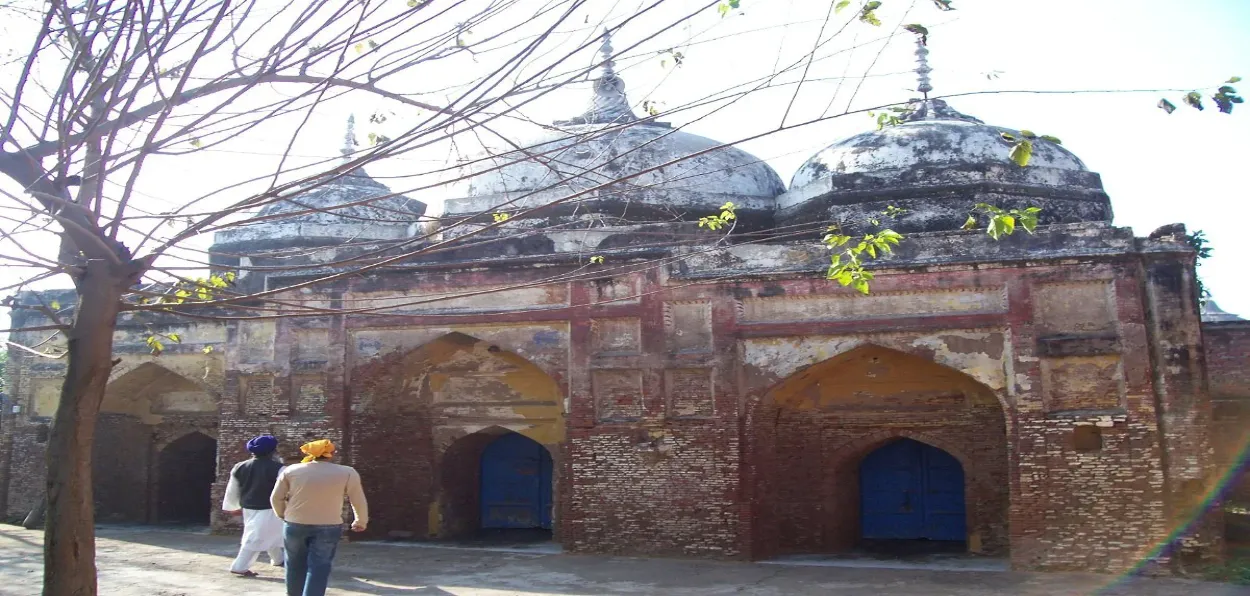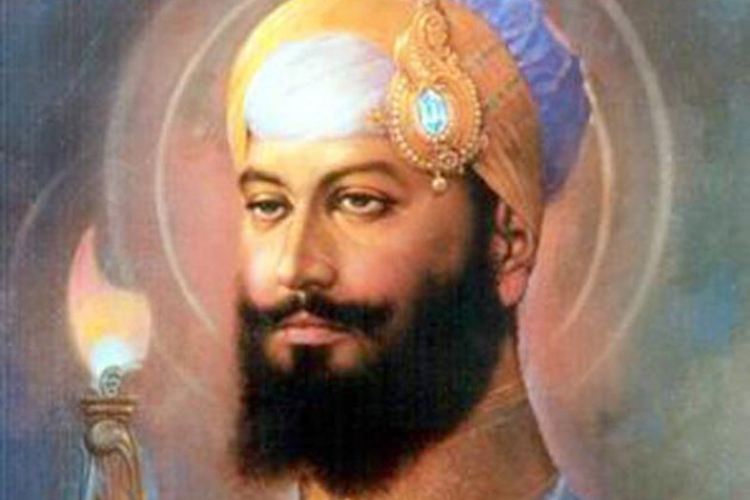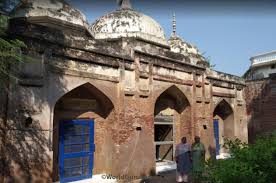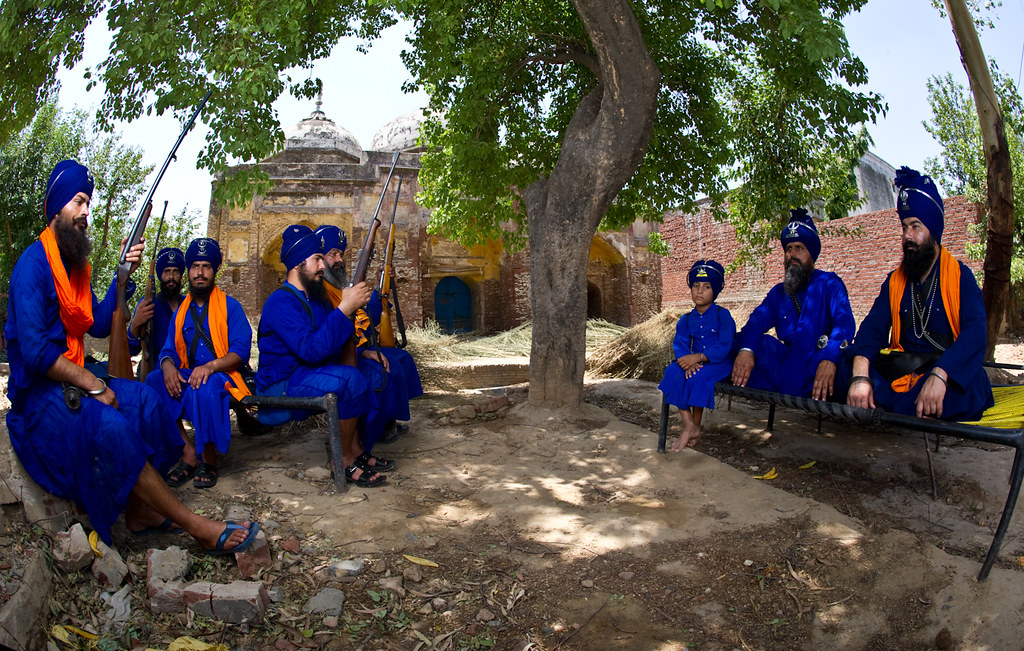
Harjinder
A 17th century mosque in Punjab declared a symbol of religious tolerance by the UNESCO and UNDP has no Muslim worshippers. Called Guru ki maseet (Mosque of the Guru) it is being looked after by the Sikhs.
Its story dates to the early 17th century. When the sixth Sikh Guru, Hargobind Singh, took over the throne, Emperor Akbar’s efforts to bring all religions together had already failed. In the reign of Jahangir, animosities based on religious difference had begun to surface across India.
Soon, Hargobind Singh realized that in the midst of growing tension and threats, only spirituality would not work.
With this idea, Guru Hargobind Singh started wearing two swords on his body. He called them the swords of Piri and Miri. Piri referred to spirituality and Miri to power. He also raised an army to fight wars.

In one of his armed campaigns, his army camped on the banks of the Beas River. Soon a big settlement came up here and it was called Hargobindpur. Today one can reach this place while travelling on Hoshiarpur-Batala Road in Punjab.
The township had people of all religions. Soon a temple and a Gurudwara were built there. There were only a few Muslims there and they had no place of worship. As their numbers were low, building a mosque was not feasible at the community level.
They went to Guruji and told him their problem.
Guru Hargobind Singh instructed his authorities to build a mosque for the Muslims to worship. In no time the mosque was built on a small hillock on the banks of the Beas River. The sound of Azan from the mosque reverberated in the air for the next several hundred years.
 Guru ki Maseet at Hargobindpura, Punjab
Guru ki Maseet at Hargobindpura, Punjab
However, after the partition of India and many Muslims leaving for Pakistan in 1947, this mosque was deserted. All the Muslim families of Hargobindpura had left for Pakistan.
As the mosque was related to Guru Hargobind Singh, the Nihang Sikhs built a Gurudwara there. Today, the sounds of Gurbani resonate there the place every morning and evening.
In the last decade of the twentieth century, Muhammad Rizwanul Haq of the Punjab Waqf Board visited the town and met many Sikh leaders. He requested the Sikhs that since this mosque was built on the orders of Sikh Guru it should be allowed to remain a mosque.
The Sikh leaders consulted historians; they too concurred with the idea of the place being retained as a mosque.
Soon a consensus was reached. Once again the kar seva started and the mosque was renovated. Some people from the Punjab Waqf Board also came there but most of the kar seva was done by Sikhs.

Nihang Sikhs who look after the mosque sitting outside Guru ki Maseet
The mosque was restored to its original shape in 2002.
For its inauguration, the locals invited Imam Maulana Hamid Hussain Qasmi of Amritsar's Jama Masjid to lead the Eid-ul-Fitr prayers at the mosque.
Even today there is no Muslim living in Hargobindpur and yet the mosque stands tall. Today, Guru ki Maseet is cared for by Nihang sevadars.
ALSO READ: Muslims must consider gifting a new Meta-Narrative on Eid
In 2003, this historic mosque gained international recognition when UNESCO and the UNDP’s Culture for Peace project highlighted its importance as a symbol of religious tolerance.
